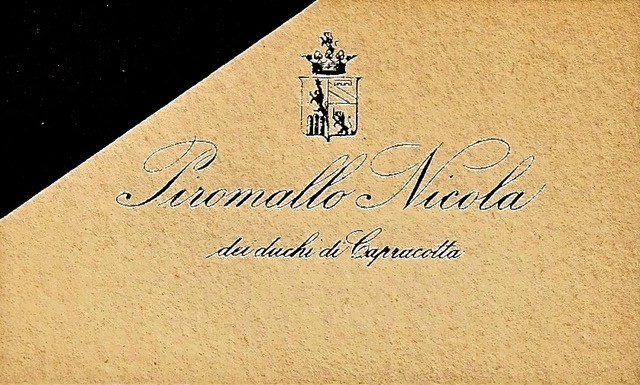erudita74 wrote: 06 Aug 2024, 22:46 @Angela
@ Nicholas n' Joan
Here's additional info I found concerning the occupations in your records. Notice that the spellings of the occupations are in Sicilian dialect. Even though my husband and I both have Sicilian ancestry (he on his father's side and me on my mother's), I don't know the dialect. I just chanced upon the info below, in case you're interested in having a more detailed understanding of these occupations:
Stazzunaru: made clay pots and produced all sorts of bricks such as madduni (bricks), canals (Sicilian tiles) and squares (piastrelle) and other objects of common use such as tiani (tiles), rasti (vases), quartari, bummuli and ficuni, of which the raw material was clay, dried in the sun, and then cooked in a furnace.
Sapunaru: he produced soap with a mixture consisting of sludge, olive oil residues (muria), and white ash (potassium) to make the alkaline hydrolysis of fatty acids take place. The mixture was brought to a boil for several hours and, after being cooled, a white paste was obtained which was mixed well and collected in a terracotta container to be dried, where it was left to rest for three days, and finally sold.
Canalaru: in addition to tiles (canals) and bricks, he also made jugs of various shapes and sizes, mugs, snow flasks, and other objects such as piggy banks, and finally vases of all sizes and edges (large cylindrical containers). The raw material was clay, which was of two types: one dark (“crita nira” or black clay), and one light (“crita janca” or white clay). To make the tiles, sand or straw was mixed with the clay, which gave more consistency to the compound. The clay, taken from the river banks, was placed in wooden crates and then was transported, on a donkey's back, to the place of processing. There it was piled up and then hung out to dry.
This is so interesting. Thanks for sharing your research with us, Erudita.
Angela




